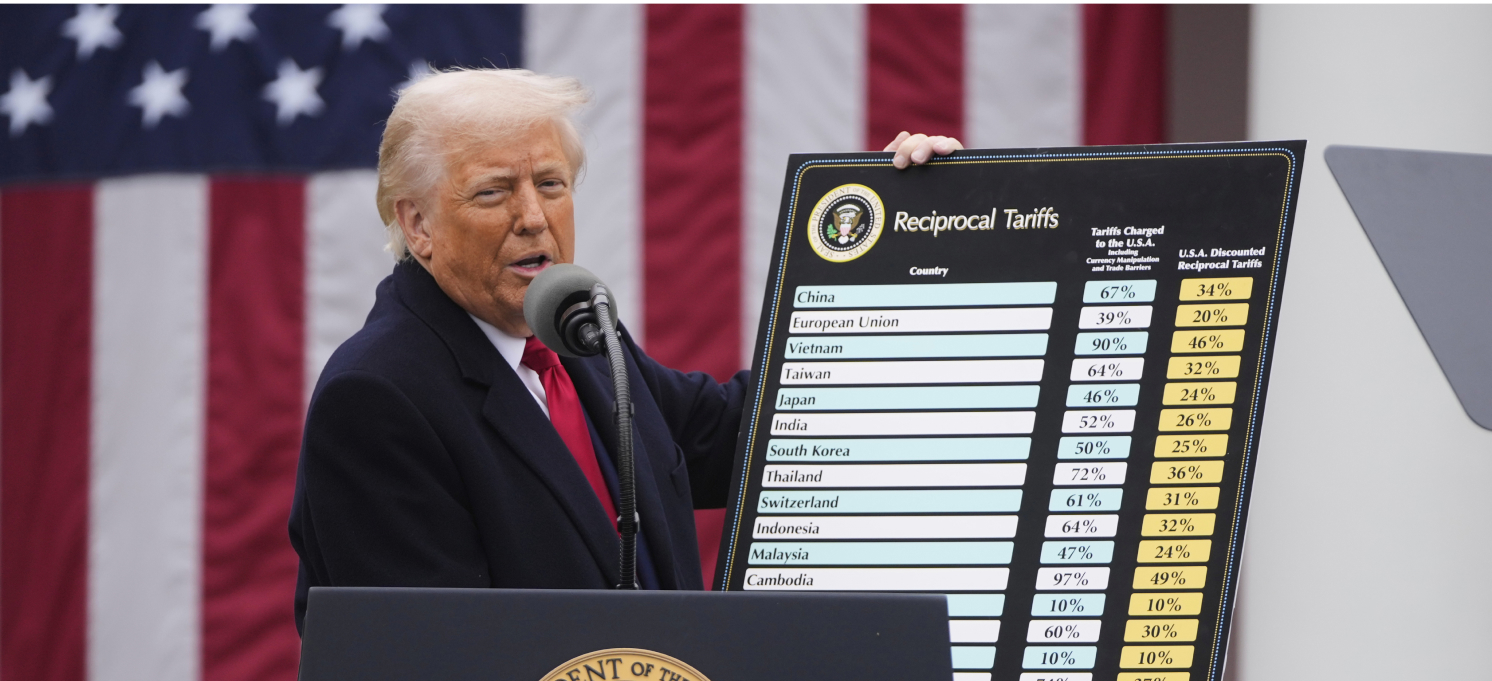
The return of currency controls
Hello! This is your weekly guide to the Russian economy — brought to you by The Bell. Our top story is on the currency controls re-imposed by Russia and why they are likely linked to presidential elections scheduled for next year. We also look at Belgium’s decision to transfer some of the tax on frozen Russian assets to Ukraine.
Russia reimposes currency controls with an eye on 2024 presidential election
President Vladimir Putin on Wednesday imposed currency controls for the second time in less than a year. Apparently designed to curb inflation, the measures — that are due to last for six months — not only deal a blow to Central Bank independence, but they also mean Russia moves yet further away from a fully convertible ruble.
What happened?
The Kremlin decree requires 43 companies to repatriate and sell foreign currency on the Russian market within six months of it being received “in volumes and timescales to be determined by the government.” The decision affects 43 exporters in the metals, grain, forestry, and chemical and energy sectors. It also obliges several companies to submit their plans for foreign currency purchases and sale of foreign earnings to both the Central Bank and financial monitoring agency Rosfinmonitoring. In some cases, representatives from Rosfinmonitoring will be attached to companies to monitor the sale of reserves and ensure the rules are being followed.
Nevertheless, many of the details have not been made public — including the names of the 43 companies — and the full text of the decree has not been published.
Speaking to the Russian parliament Thursday, Central Bank head Elvira Nabiullina reversed her previous opposition to currency controls, saying that the new measures were a temporary, flexible measure that would not affect small businesses or large companies with limited foreign currency earnings.
What’s it supposed to achieve?
According to the Russian government, the decree will help stop ruble volatility and guarantee a predictable exchange rate.
It’s the second time Russia has imposed currency controls since the full-scale invasion of Ukraine last year. The first time was four days after Russia sent tanks over the border amid a dramatic currency collapse. Back then, the government forced exporters to sell at least 80% of their foreign currency revenue on the domestic market. Three months later, the volume was reduced to 50%, and another month later the requirement was scrapped entirely.
If the aim last year was to stop a run on the ruble, the six-month limit on this week’s decree suggests that the goal this time is to bring down inflation in time for the presidential election early next year — without obliging the Central Bank to raise interest rates even more than they have already.
“It’s all about the election,” a federal official told The Bell. Measures need to be taken now because there is a time lag of a couple of months before the effects of a stronger ruble can be fed through to retail prices. Seasonally adjusted annual inflation in September reached 14.6% and it’s unlikely Putin wants to announce his bid for the presidency against this sort of economic backdrop.
The ruble, which fell as low as 102 against the U.S. dollar earlier this week, strengthened on the news of the currency controls and was trading at just over 97 on Friday.
Why the secrecy?
The lack of public details about the measures make it difficult, if not impossible, to anticipate the ruble exchange rate, or how the Central Bank might respond. This negates the efforts over many years made by the bank to improve communication with markets. The decree also contradicts the Central Bank’s longstanding policy position of looking not at the exchange rate when considering rate rises, but only at inflation.
The secrecy over the identity of the 43 companies may be a precaution against Western sanctions (a non-appearance on the list could help Western countries identify large-scale importers and subject them to closer scrutiny). In addition, keeping the list under wraps makes it difficult for observers to track large export-import flows.
What will the long-term effects be?
We can expect the ruble to continue to strengthen and settle 5-10 rubles short of the psychologically important level of 100 to the U.S. dollar. Since a strong ruble is also a weapon against inflation, within six to eight weeks we should see inflation drop from its current highs. Allowing for the base effect, it should reach a level that can safely be reported on state-owned TV in time for the election.
However, if the controls do not work as hoped, we can expect the government to take further actions in the currency market.
Why the world should care
Currency controls and the secrecy around them are further evidence of Russia’s ongoing move away from “market state capitalism” to a wartime “mobilization economy” in which the government takes a much more interventionist approach. This means it is increasingly difficult to make economic forecasts, or predict what will come next.
Belgium greenlights transfer of money from frozen Russian assets to Ukraine
After a meeting with Ukrainian President Volodymyr Zelenskyy, Belgian Prime Minister Alexander De Croo announced Tuesday that tax on the profits from Russian assets frozen at the start of the war in Ukraine would be placed in a fund to provide military and humanitarian aid for Ukraine, as well as finance reconstruction projects in the country.
- Belgium plays a key role in the debate over what to do with more than €300 billion of frozen Russian assets. Clearing bank Euroclear, which holds €196.6 billion ($209.09 billion) of Russian assets, including 180 billion from Russia’s Central Bank, is under Belgian jurisdiction. Euroclear invests funds received from coupon payments and bond redemptions in instruments at the same risk levels that account holders used before they were frozen. In a recent report, the bank said that income from these frozen assets amounted to €1.7 billion. De Croo said this sum was already “available” for transfer to Ukraine.
- According to a source quoted by The Financial Times, taxes on income from Russian securities in Belgium have already reached €600 million — and a further €1.7 billion will follow next year.
- Belgium’s move was welcomed by U.S. Treasury Secretary Janet Yellen. At a press conference, she said she approved of European Union countries using “excess income tax” from Russian assets to support Ukraine.
- On top of Belgium’s decision, there has been a significant shift in rhetoric after months of discussion on the issue. A joint statement by the finance ministers and central bank heads of G7 countries on Thursday pledged that their nations would do their best to find a means of transferring all revenue from frozen Russian assets to Ukraine. The statement also implied the countries which signed have no intention of returning frozen assets under their jurisdiction to Russia until it compensates Ukraine for the damage caused by the war.
- In addition, the statement reported that, in the jurisdictions of countries that are part of the REPO Task Force, a special group working on the assets of Russian oligarchs and elites, has frozen $280 billion of assets. A year ago, that figure was just $22 billion and in February it was $58 billion.
Why the world should care
Neither Russia’s Central Bank, nor sanctioned Russian companies or banks that placed client securities in Western depositories are likely to receive any income from their investments. As for the core capital, there is no prospect of recovering even a fraction of that until the war is over and Ukraine has secured satisfactory reparations from Russia.
Key figures
- Russia’s monthly inflation in September hit 0.87%, the highest figure for 17 months and the highest September figure since 2000. Traditionally, inflation eases in September due to reduced prices for fruit and vegetables. However, not this year. The inflation figures were released before the imposition of currency controls.
- The International Monetary Fund (IMF) has again raised its forecasts for Russian economic growth this year. Now, it expects GDP to grow 2.2%. The IMF has steadily increased its prognosis: from 0.3% in January to 0.7% in April and 1.5% in June. The reasons for the upward revisions are labor shortages, and a resultant rise in wages and consumer spending. However, the IMF slashed its forecast for next year to 1.1% growth (back in January it predicted 2.1% growth in 2024).
Further reading
Russia’s Fuel Export Ban Reveals Systemic Problems, Wartime Stresses



PAID SUBSCRIPTION LAUNCH
From May 1, 2025, The Bell in English will no longer be free
From May 1, 2025, all The Bell’s newsletters and online content will be behind a paywall. We have taken this decision so that The Bell can remain financially independent, and maintain our high standards of journalism and economic expertise






